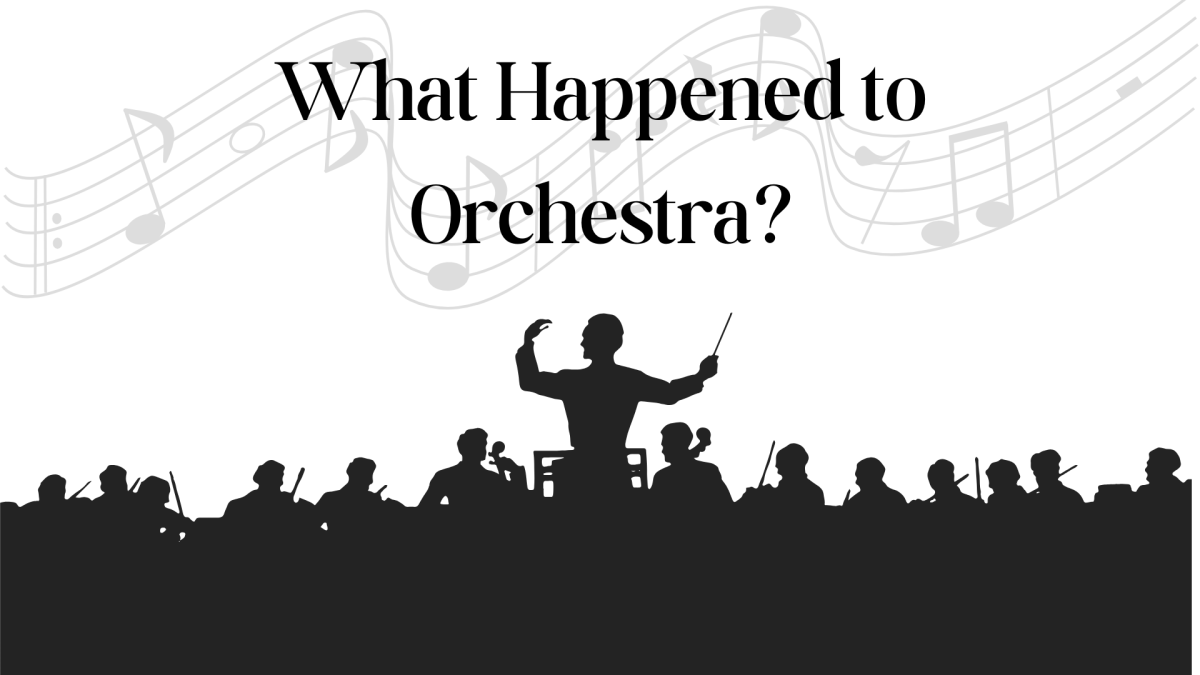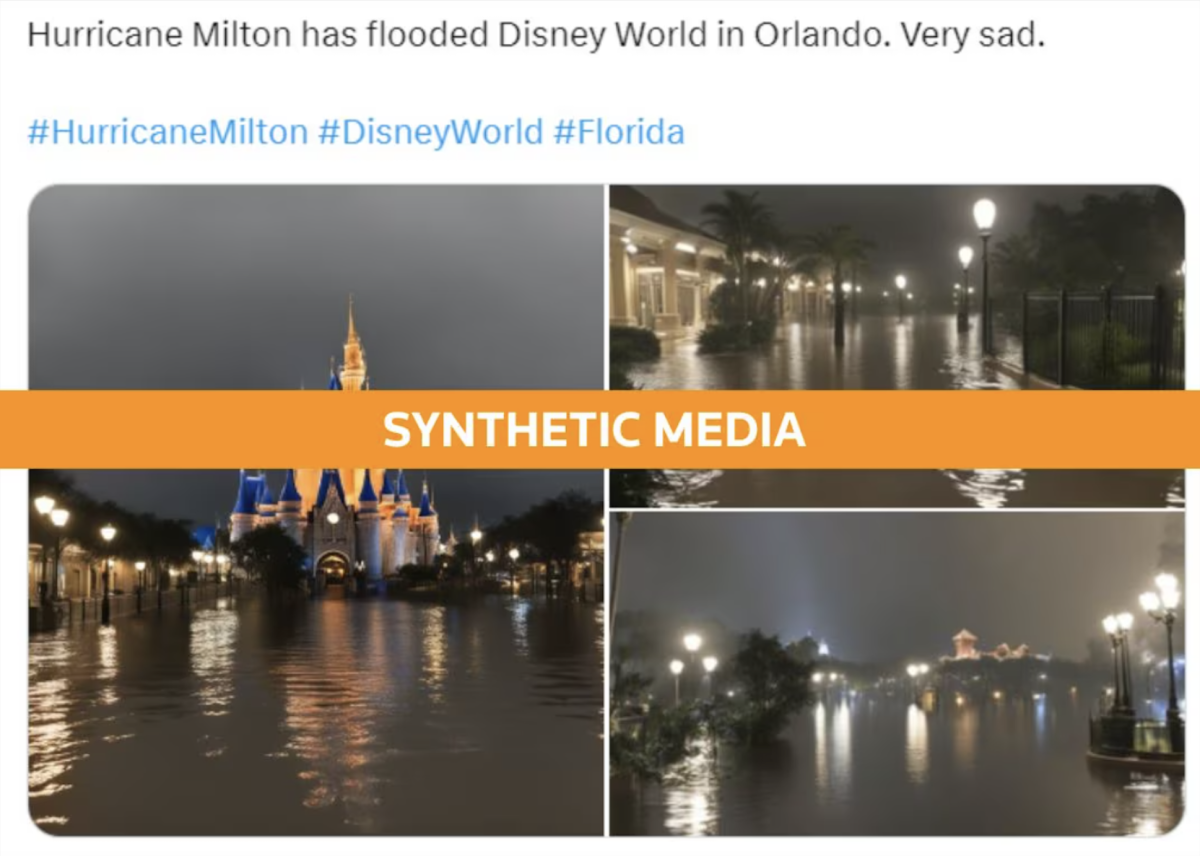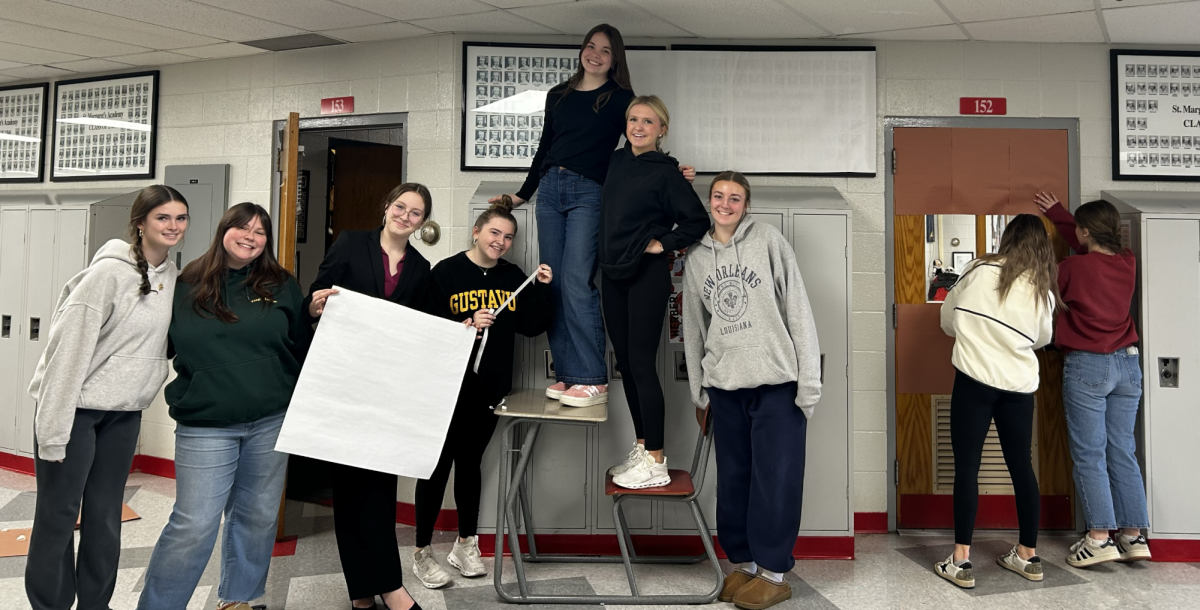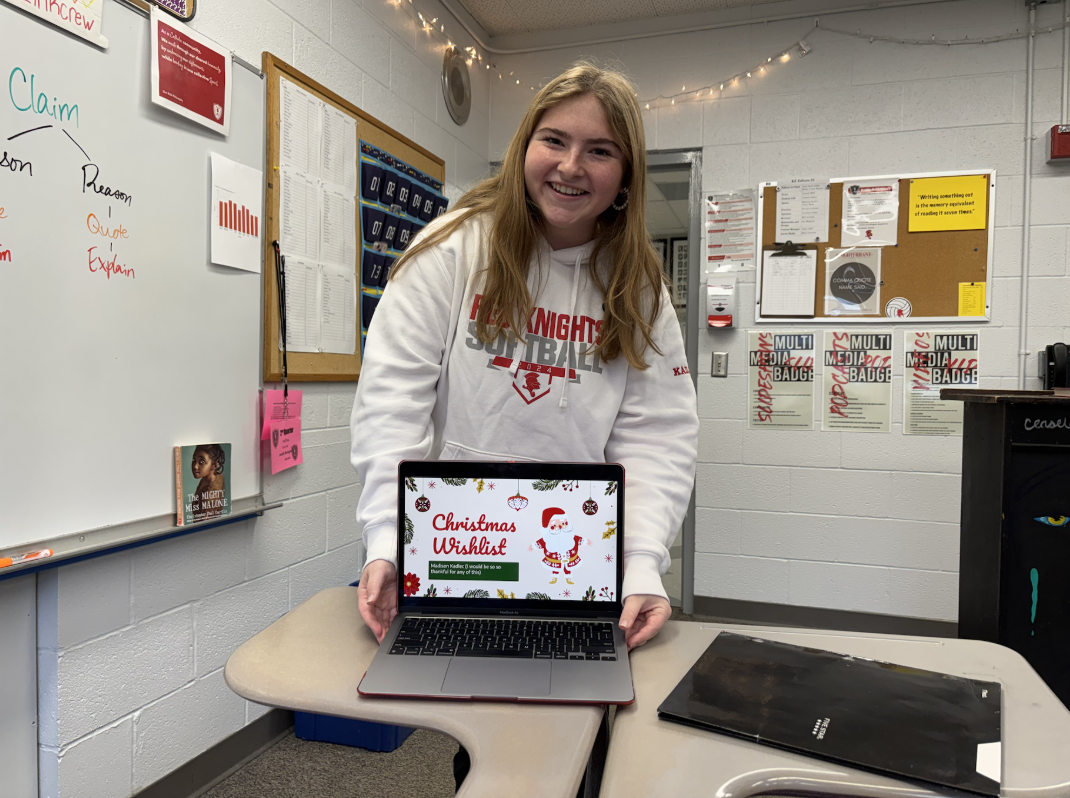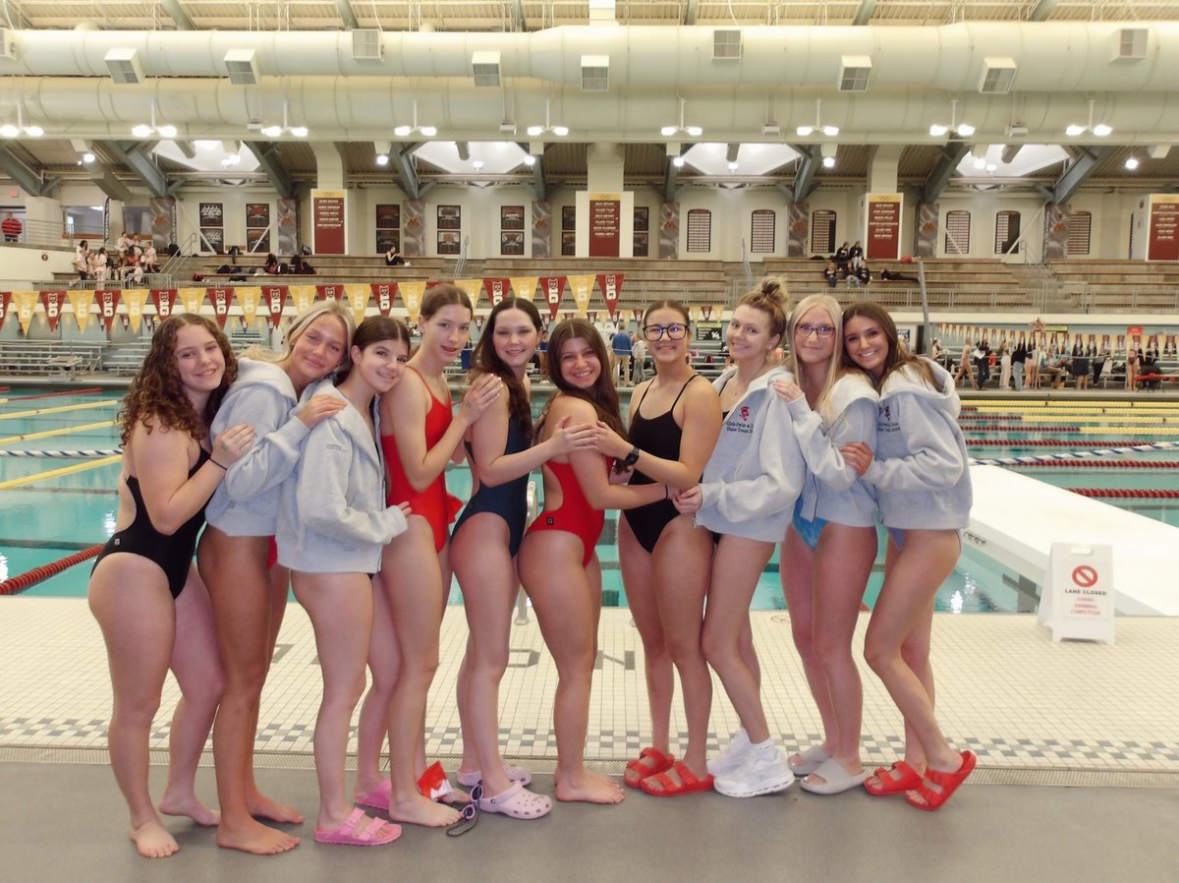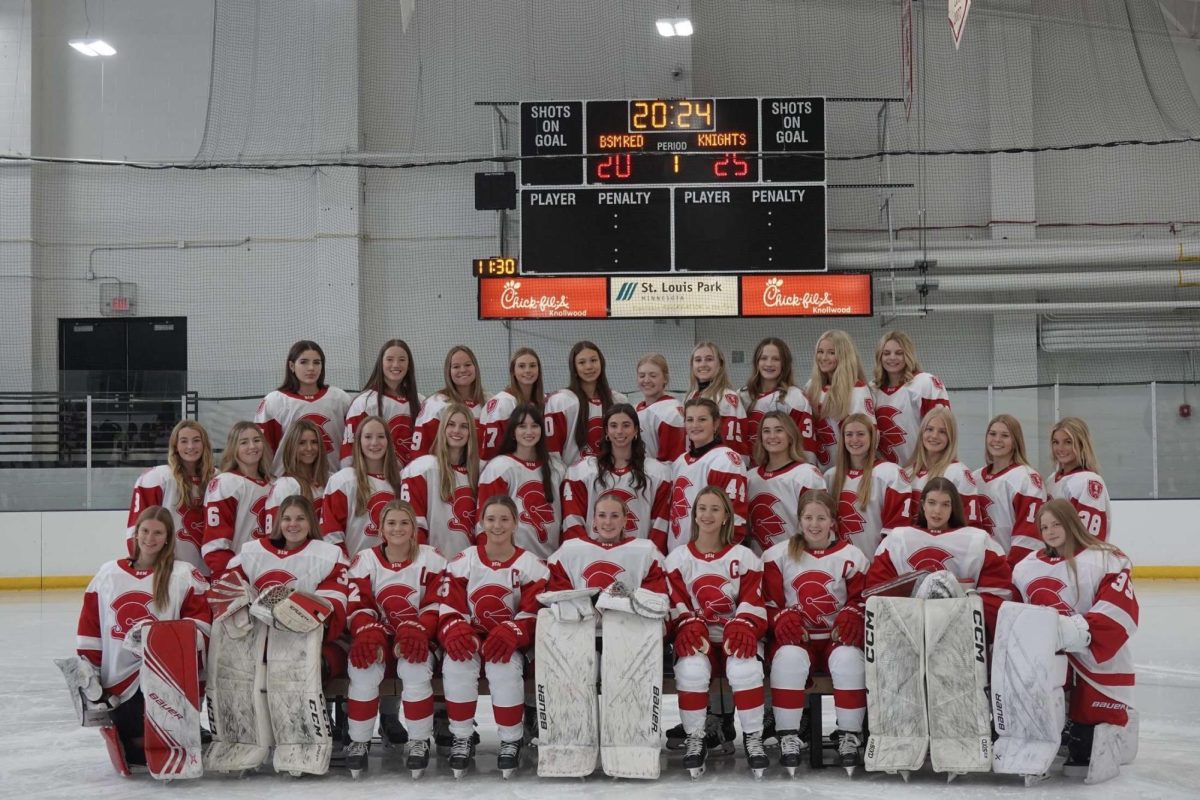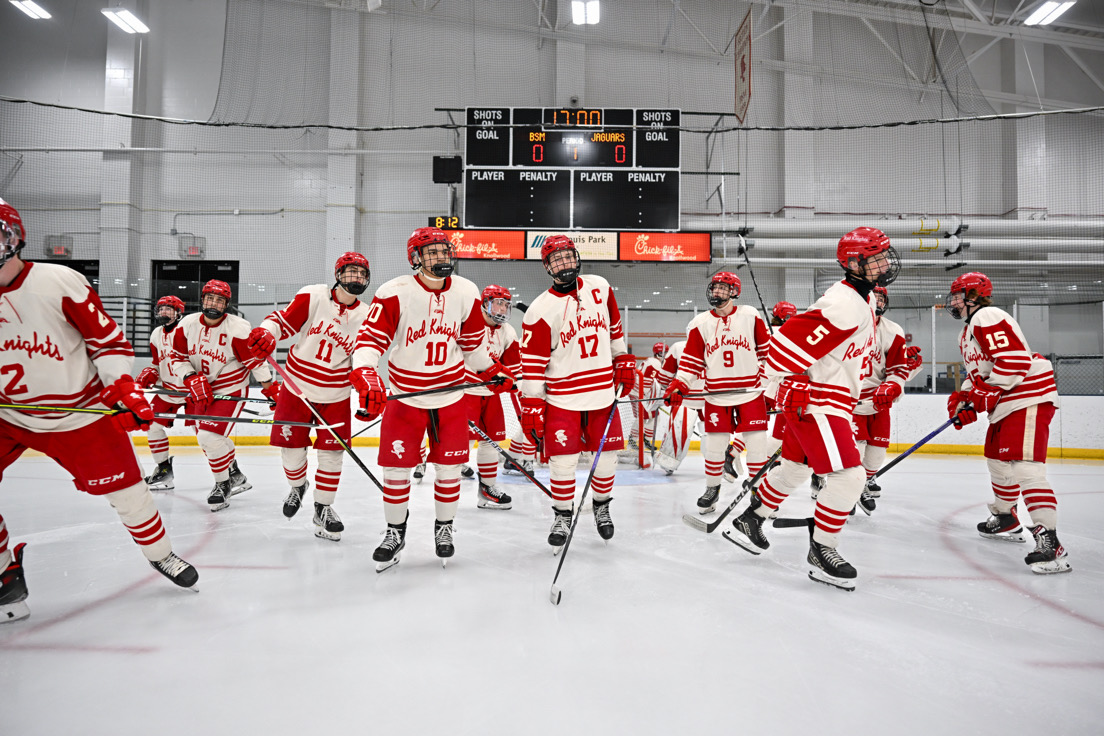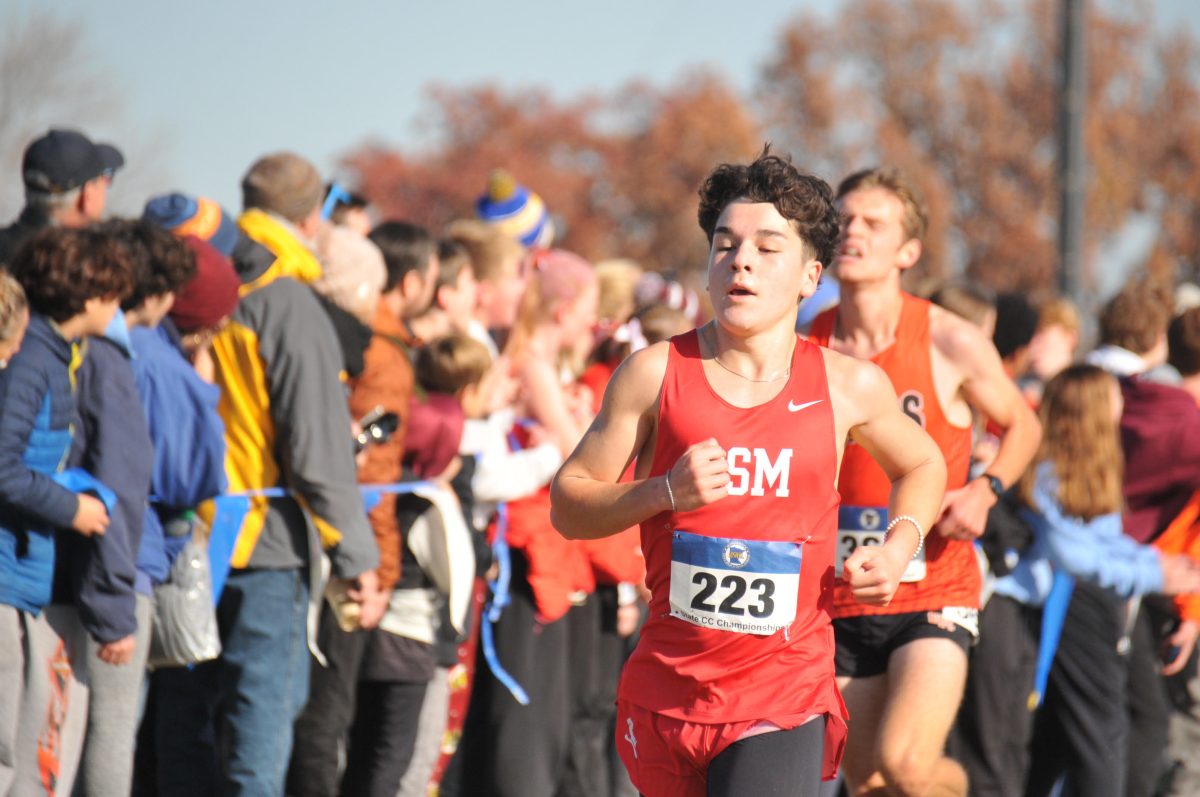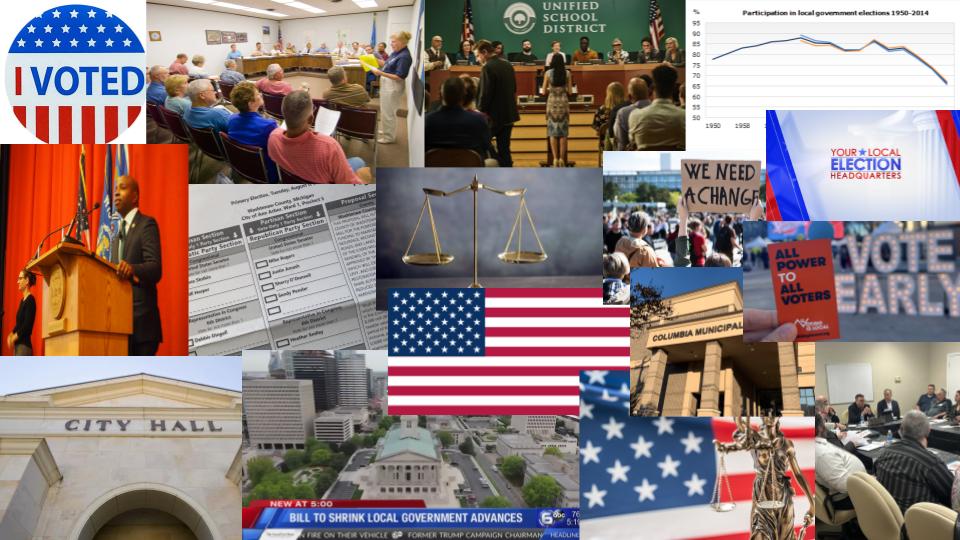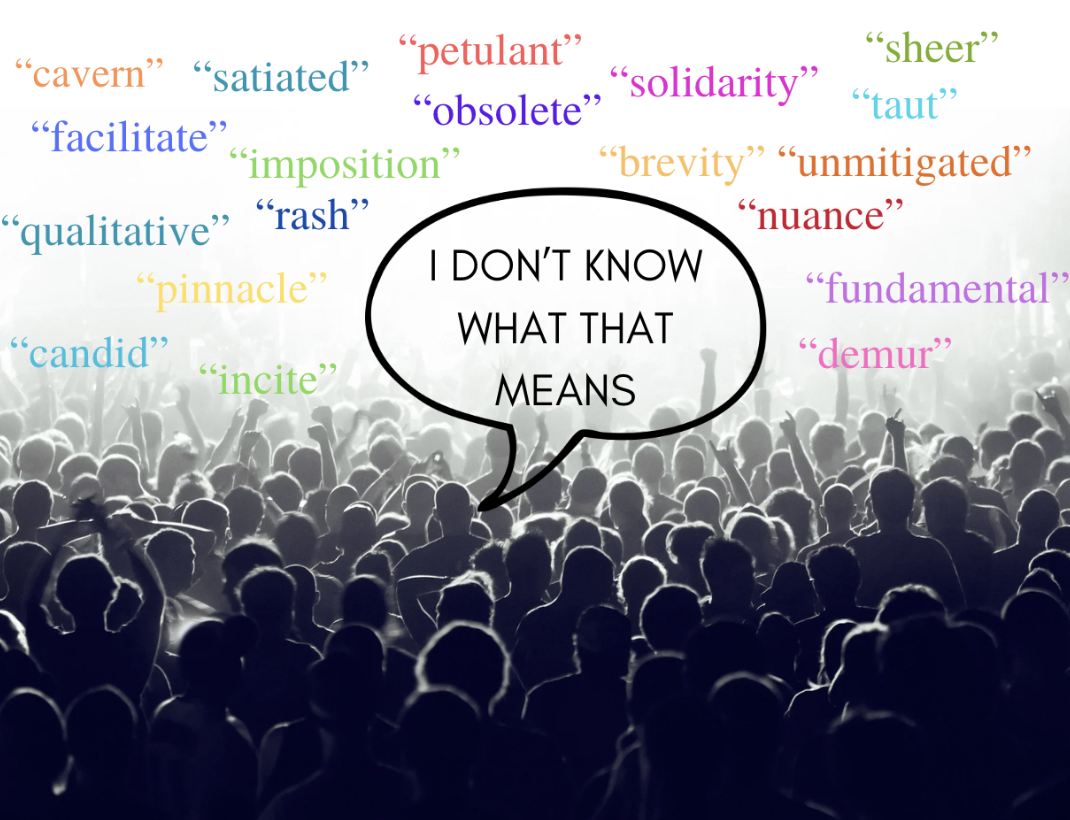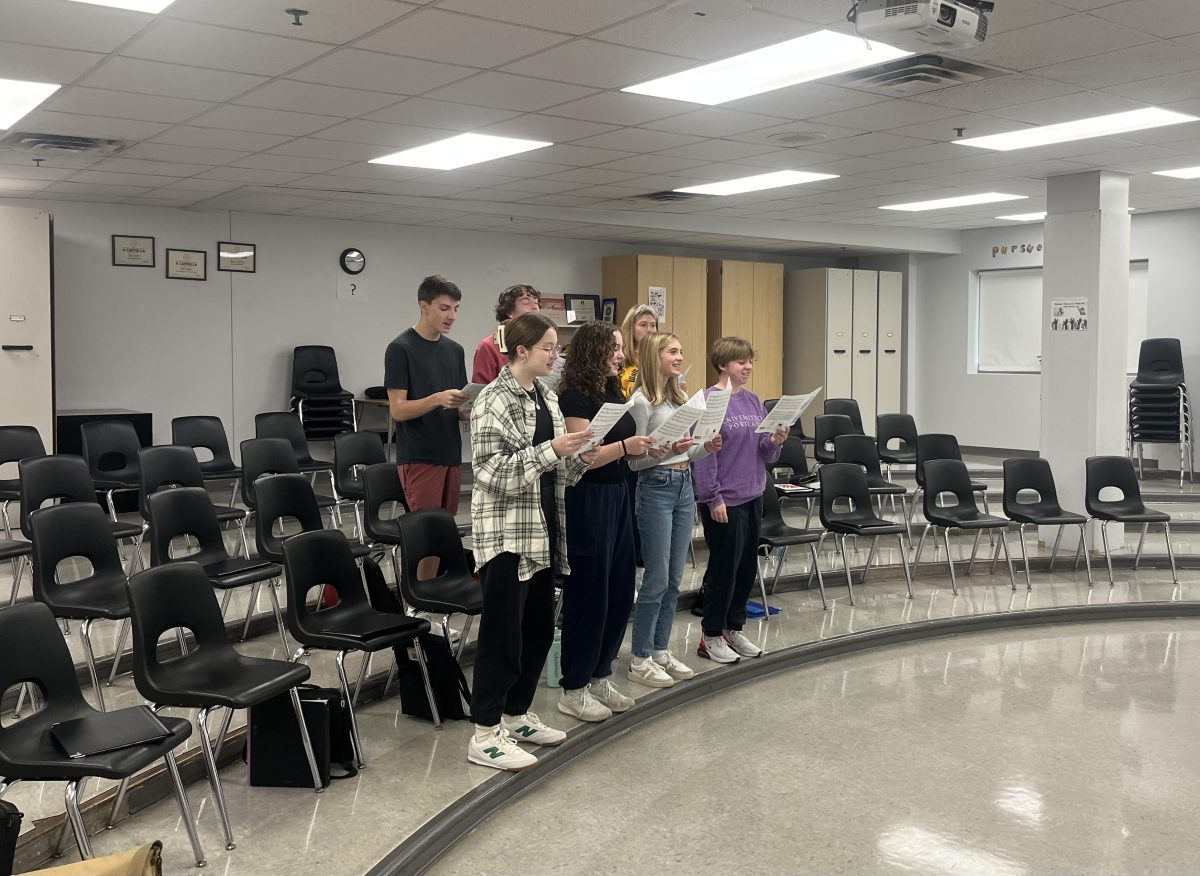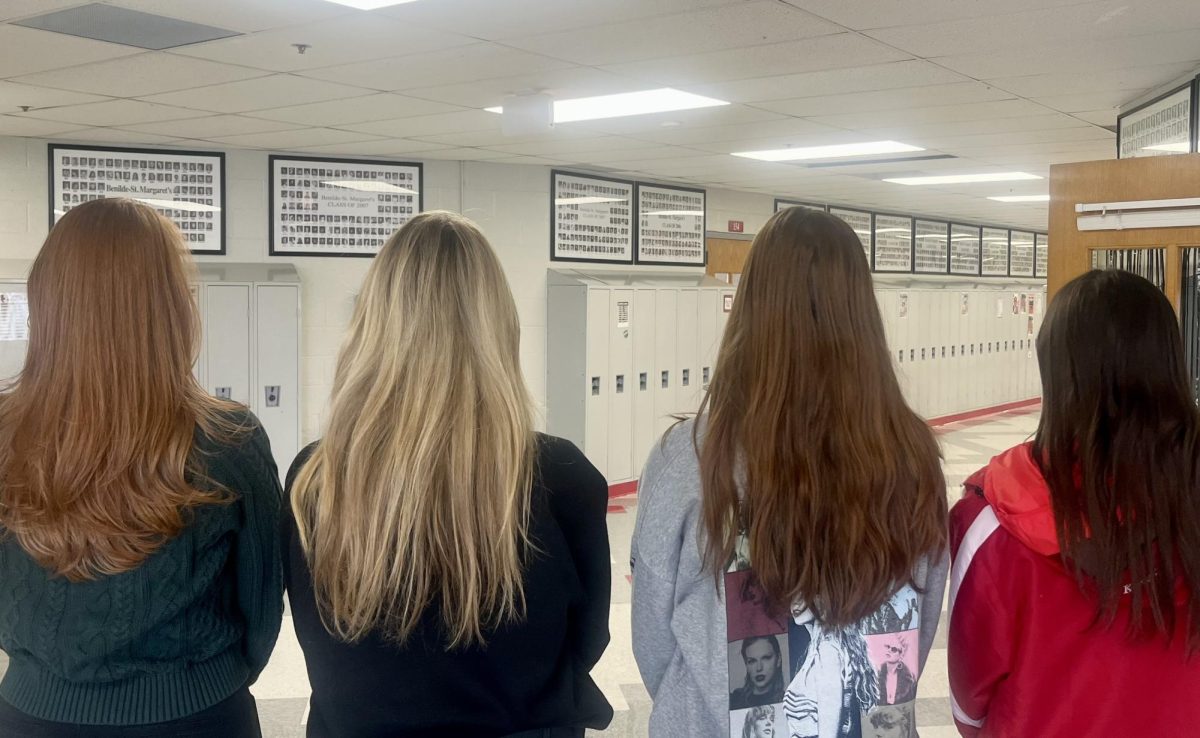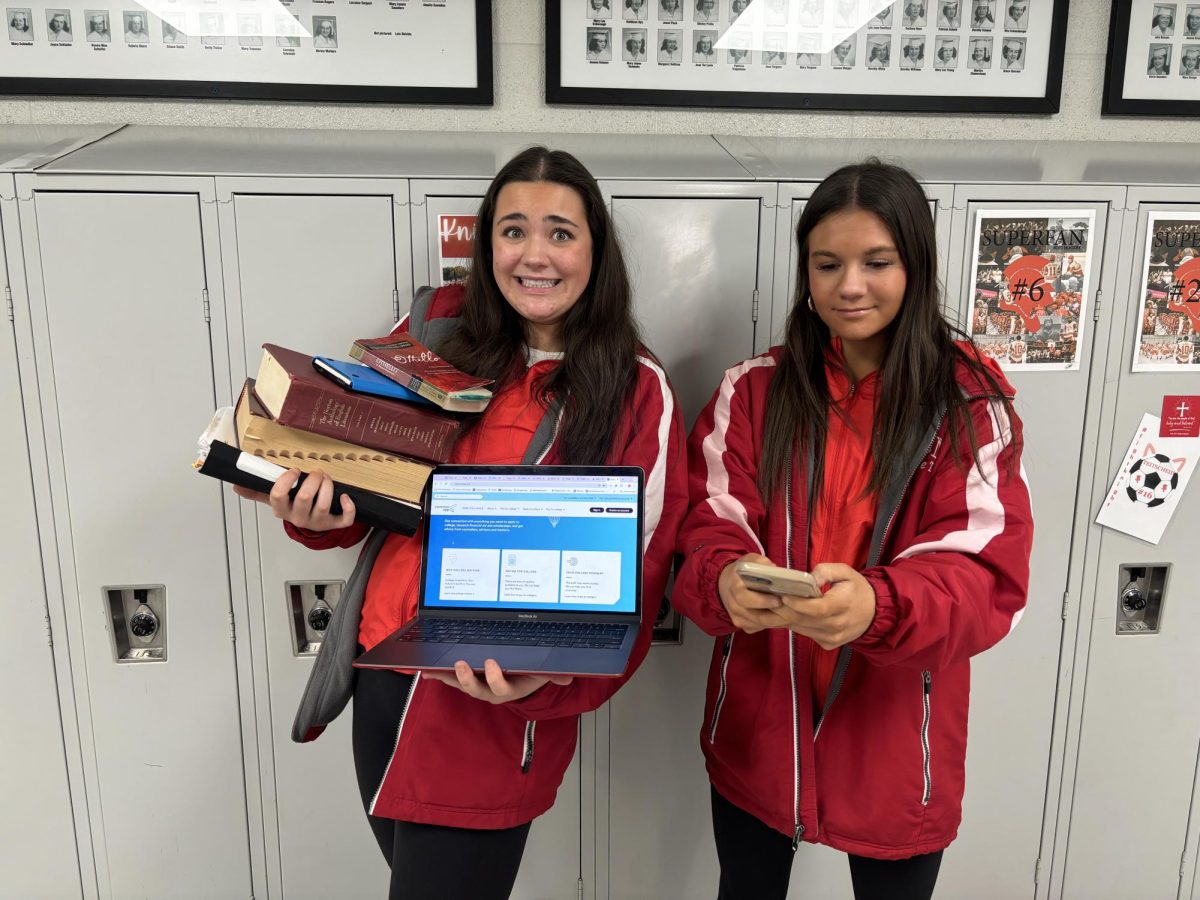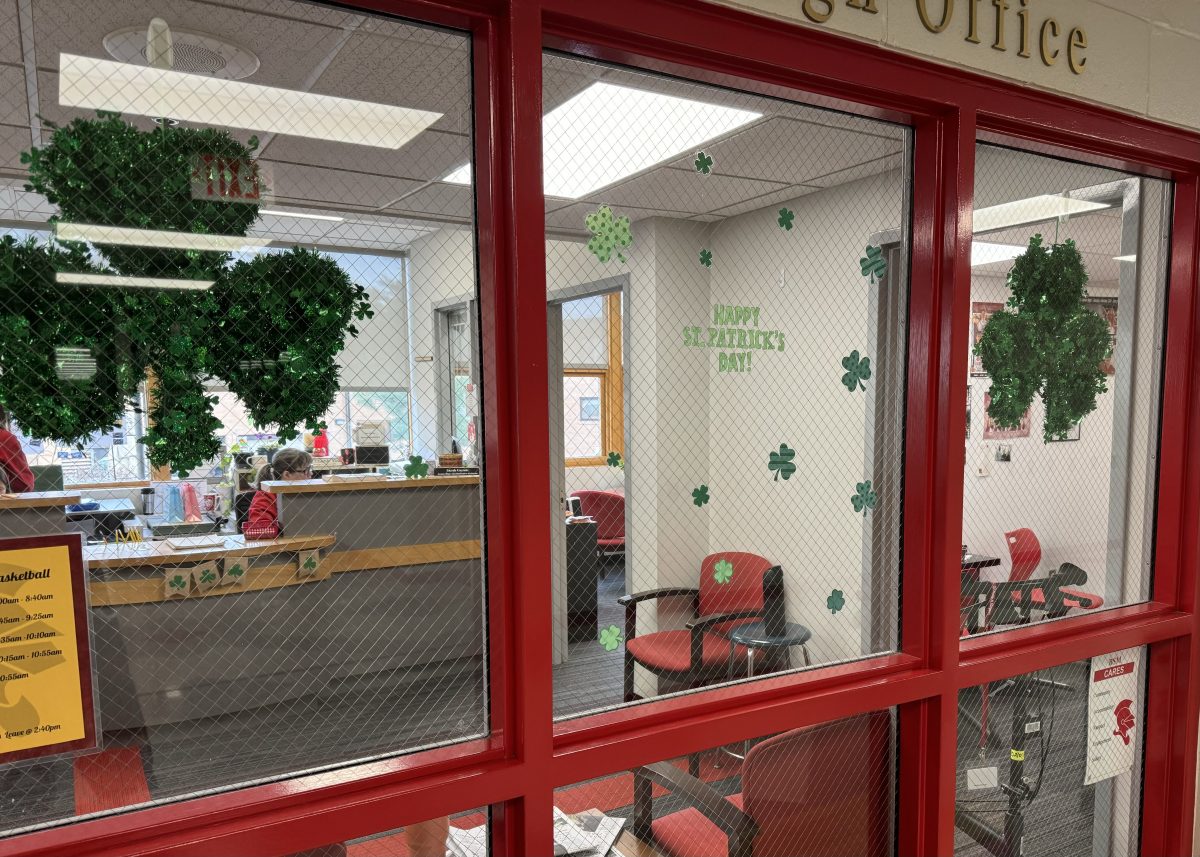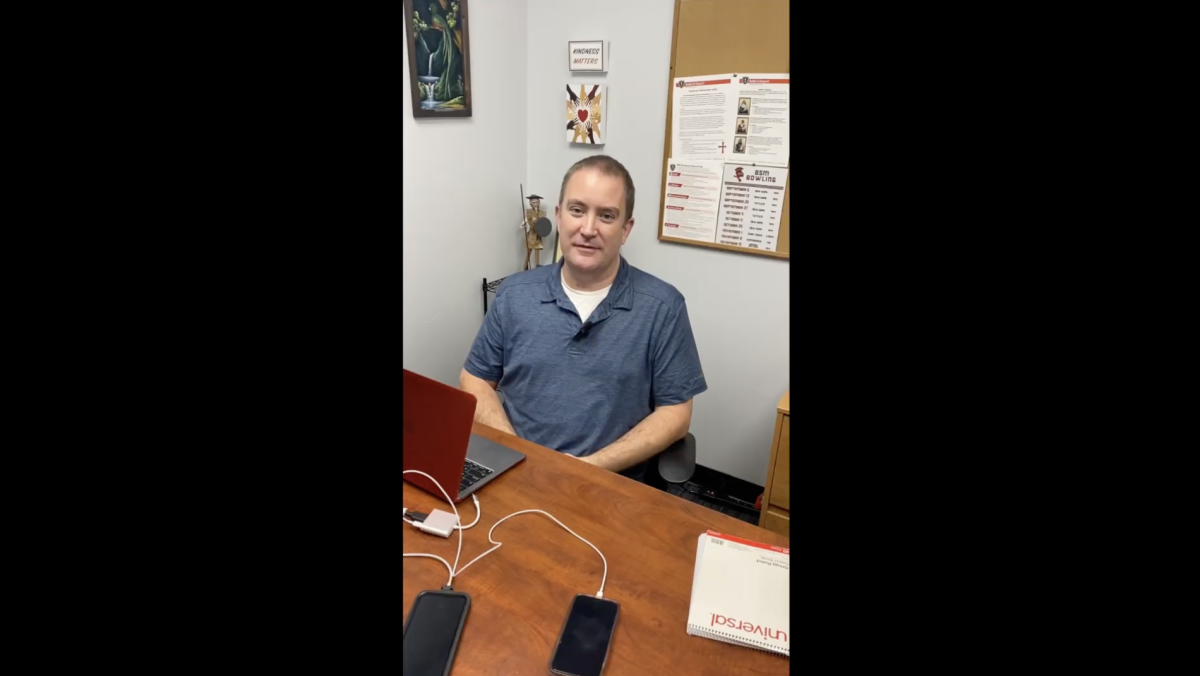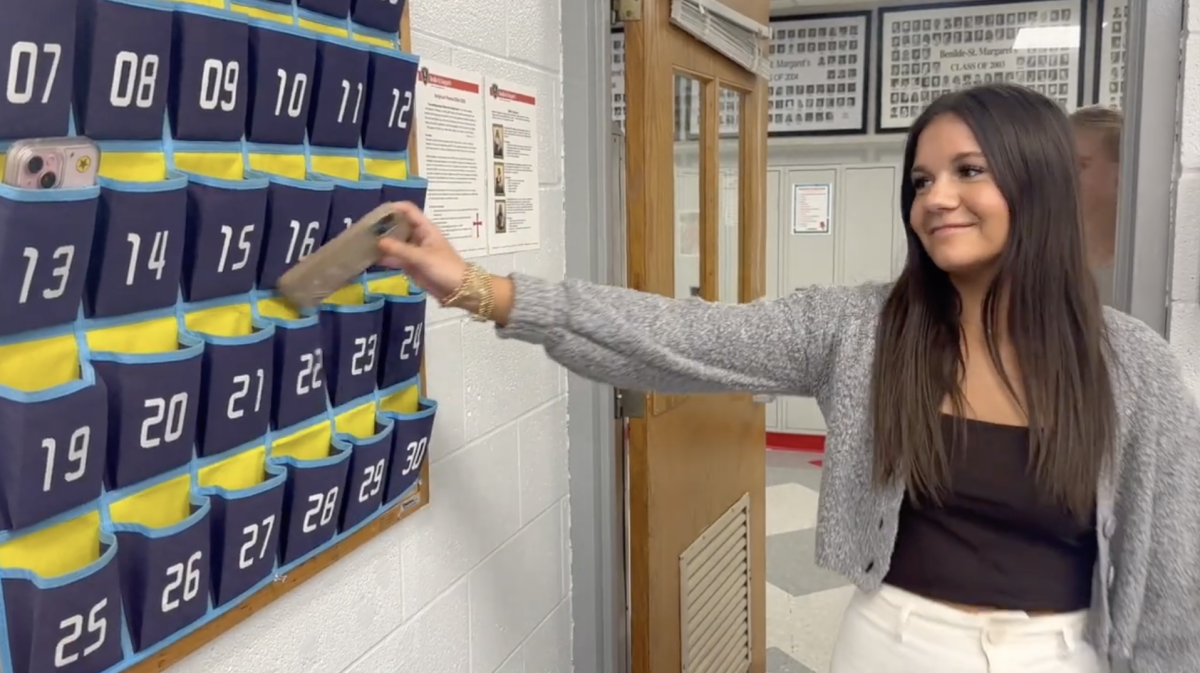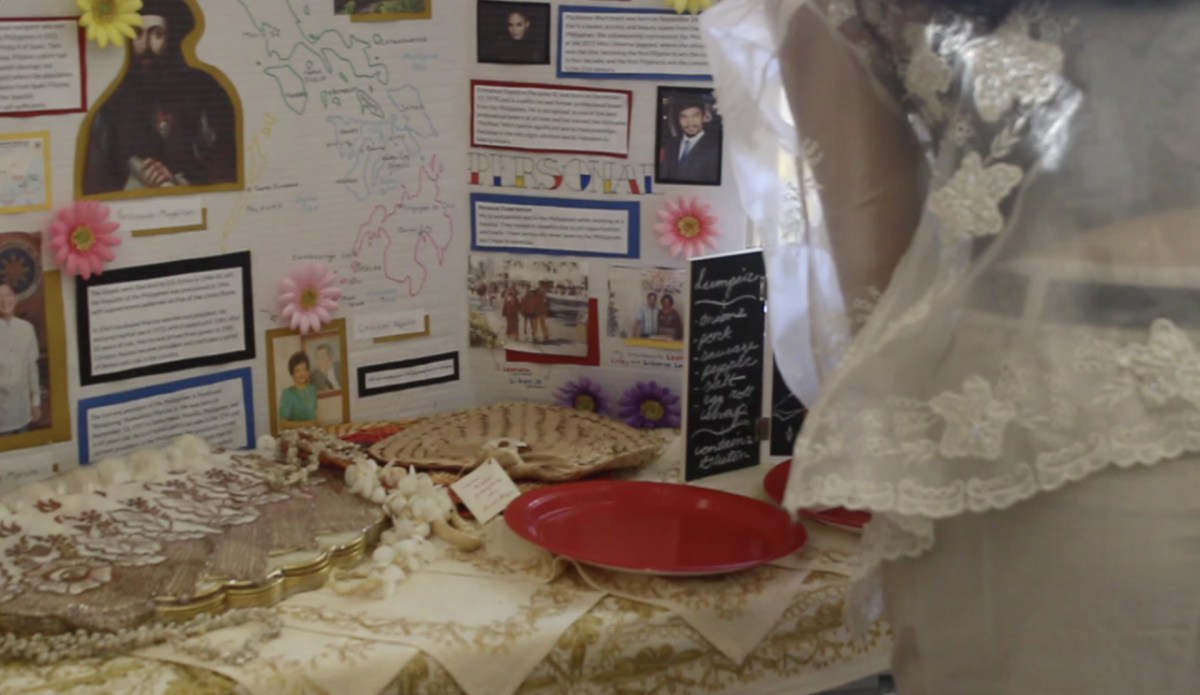The news shows the Occupy movement as a violent, unorganized rabble of people with no clear goal, so, while visiting Capitol Hill in Seattle, I readied myself for an anarchic group of ultra-liberal government purists prepared to tear down our current system of government in order to replace it with a Utopian democracy. What I found instead was a micro-nation: a separatist group of people with their own governmental structure that fit within the United States laws. Instead of a crowd of people standing around continuously condemning the government like Monty Python’s witch scene, it was a progressive, discussion-based argument against a system seen as oppressive to the general public.
Despite the many protests the Occupy movement instigates, the majority of the action takes place in the base camp on capitol hill. While the camp is mostly residential, the food, medical, meetings, and education tents are key to the movement’s sustainability. The medical tent distributes free vitamins, medication, and warm clothes—the temperature was around 30 degrees—to the protesters.
The media takes the movement out of context, showing a single group of people with the same views and ideals. The Occupy movement, however, has a complicated infrastructure, with its own politics and policies. The tents in the camp on capitol hill are grouped by political ideology. All parties are represented, ranging from radical Communists to fascist Nazis and reactionary Anarchists.
Political meetings take place every day, either internal discussions within groups or debates between parties to decide on the movement’s future actions. On the final day of my stay, I was invited by S, the leader of and Anarchist subgroup, to the Anarchist party’s weekly meeting, a secretive event in the meeting tent. The section led by S was dedicated to the removal of Fascists—mostly Nazis—from the camp.
Despite some conflicts, most party interactions remain peaceful and progressive, and all disputes over the long weekend ended in compromises. Aside from a few medical emergencies in the camp, my experience was underwhelming when compared to the media portrayal of the Occupy movement. Though no news story can fully capture the essence of the movement, it is important to understand that this modern protest is more than an act of simple civil disobedience.



